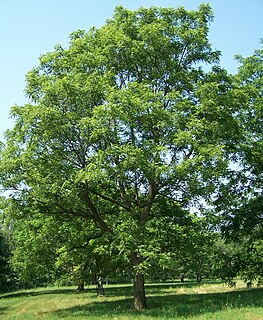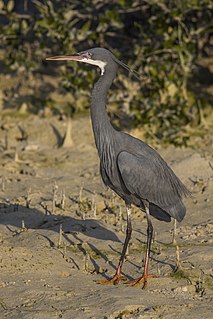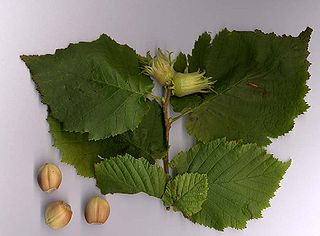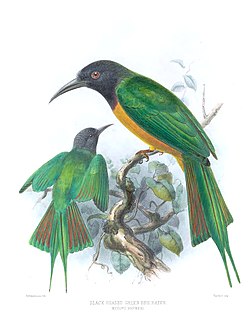
The areca nut is the seed of the areca palm, which grows in much of the tropical Pacific, Southeast and South Asia, and parts of east Africa. It is commonly referred to as betel nut, not to be confused with betel leaves that are often used to wrap it. Consumption has many harmful effects on health and is carcinogenic to humans. Various compounds present in the nut, including arecoline, contribute to histologic changes in the oral mucosa. It is known to be a major risk factor for cancers of the mouth and esophagus. As with chewing tobacco, its use is discouraged by preventive efforts. Consumption by hundreds of millions of people worldwide – mainly with southern and eastern Asian origins – has been described as a "neglected global public health emergency".

The term kola nut usually refers to the seeds of certain species of plant of the genus Cola, placed formerly in the cocoa family Sterculiaceae and now usually subsumed in the mallow family Malvaceae. These cola species are trees native to the tropical rainforests of Africa. Their caffeine-containing seeds are used as flavoring ingredients in beverages applied to various carbonated soft drinks, from which the name cola originates.

Walnut trees are any species of tree in the plant genus Juglans, the type genus of the family Juglandaceae, the seeds of which are referred to as walnuts. All species are deciduous trees, 10–40 metres (33–131 ft) tall, with pinnate leaves 200–900 millimetres (7.9–35.4 in), with 5–25 leaflets; the shoots have chambered pith, a character shared with the wingnuts (Pterocarya), but not the hickories (Carya) in the same family.

A nut is a fruit consisting of a hard or tough nutshell protecting a kernel which is usually edible. In general usage and in a culinary sense, a wide variety of dry seeds are called nuts, but in a botanical context "nut" implies that the shell does not open to release the seed (indehiscent).

Hickory is a common name for trees composing the genus Carya, which includes around 18 species. Five or six species are native to China, Indochina, and India (Assam), as many as twelve are native to the United States, four are found in Mexico, and two to four are native to Canada. A number of hickory species are used for products like edible nuts or wood.

The western reef heron, also called the western reef egret, is a medium-sized heron found in southern Europe, Africa and parts of Asia. It has a mainly coastal distribution and occurs in several plumage forms: a slaty-grey plumage in which it can only be confused with the rather uncommon dark morph of the Little egret ; a white form which can look very similar to the little egret although the bill tends to be paler and larger and the black form with white throat E. g. gularis of West Africa. There are also differences in size, structure and foraging behaviour. There have been suggestions that the species hybridizes with the Little Egret, and based on this, some authors treat schistacea and gularis as subspecies of Egretta garzetta. Works that consider the Western Reef Heron as a valid species include the nominate gularis and schistacea as subspecies.

Corylus avellana, the common hazel, is a species of flowering plant in the birch family Betulaceae. It is native to Europe and western Asia. It is an important component of the hedgerows that were the traditional field boundaries in lowland England. The wood was traditionally grown as coppice, the poles cut being used for wattle-and-daub building and agricultural fencing.

The Pyralidae, commonly called pyralid moths, snout moths or grass moths, are a family of Lepidoptera in the ditrysian superfamily Pyraloidea. In many classifications, the grass moths (Crambidae) are included in the Pyralidae as a subfamily, making the combined group one of the largest families in the Lepidoptera. The latest review by Eugene G. Munroe and Maria Alma Solis retain the Crambidae as a full family of Pyraloidea.

The pin-striped tit-babbler, also known as the yellow-breasted babbler, is a species of Old World babbler found in South and Southeast Asia.
Yellow Quill First Nation is a Saulteaux First Nation band government in Saskatchewan, Canada. Their reserve is twenty kilometres northwest of Kelvington. The Yellow Quill First Nation is a signatory of Treaty No. 4, which was signed by Chief Yellow-quill on August 24, 1876.

The Texas spotted whiptail is a species of long-tailed lizard, in the family Teiidae. The species is endemic to the south central and southwestern United States and northern Mexico. Six subspecies are recognized as being valid.

The black-headed bee-eater is a species of bird in the family Meropidae. It is found in forests in tropical Central and West Africa, its range including Angola, Central African Republic, Republic of the Congo, Democratic Republic of the Congo, Ivory Coast, Gabon, Ghana, Nigeria, and South Sudan.
Simon Doonan is the Creative Ambassador-at-Large of the New York City-based clothing store Barneys.

Colocasia coryli is a moth of the family Noctuidae. It is found in Europe and Asia. In the north of its range, the distribution area includes northern Scandinavia, while in the south the moth is limited to montane areas of western and northern Spain, Sicily, Greece and Asia minor. To the east, the range extends across the Palearctic to Lake Baikal. In the Alps it is found at elevations up to 1600 m.
The red-throated squirrel is a rodent of the family Sciuridae. This species of rodent is distributed in parts of southeastern Asia, in areas of the Red River Valley of northern Vietnam and southern central Yunnan in China. The red-throated squirrel is sympatric with another member of the same genus, D. rufigenis, but lives at higher attitudes.

Aphomia terrenella, the terrenella bee moth, is a moth of the family Pyralidae. It is found in North America from Michigan, Ontario, Quebec and New York south to Georgia.
Aphomia fulminalis is a species of snout moth in the genus Aphomia. It was described by Zeller in 1872, and is known from the United States, where it has been recorded from Arizona, Connecticut, Illinois, Massachusetts, Maryland, Maine, Mississippi, New York, Pennsylvania, Texas and Nova Scotia.
Aphomia fuscolimbellus is a species of snout moth in the genus Aphomia. It was described by Ragonot in 1887. It seems to be described from North America, but the origin of the species is unknown.

Paralipsa is a genus of snout moths described by Arthur Gardiner Butler in 1879.














